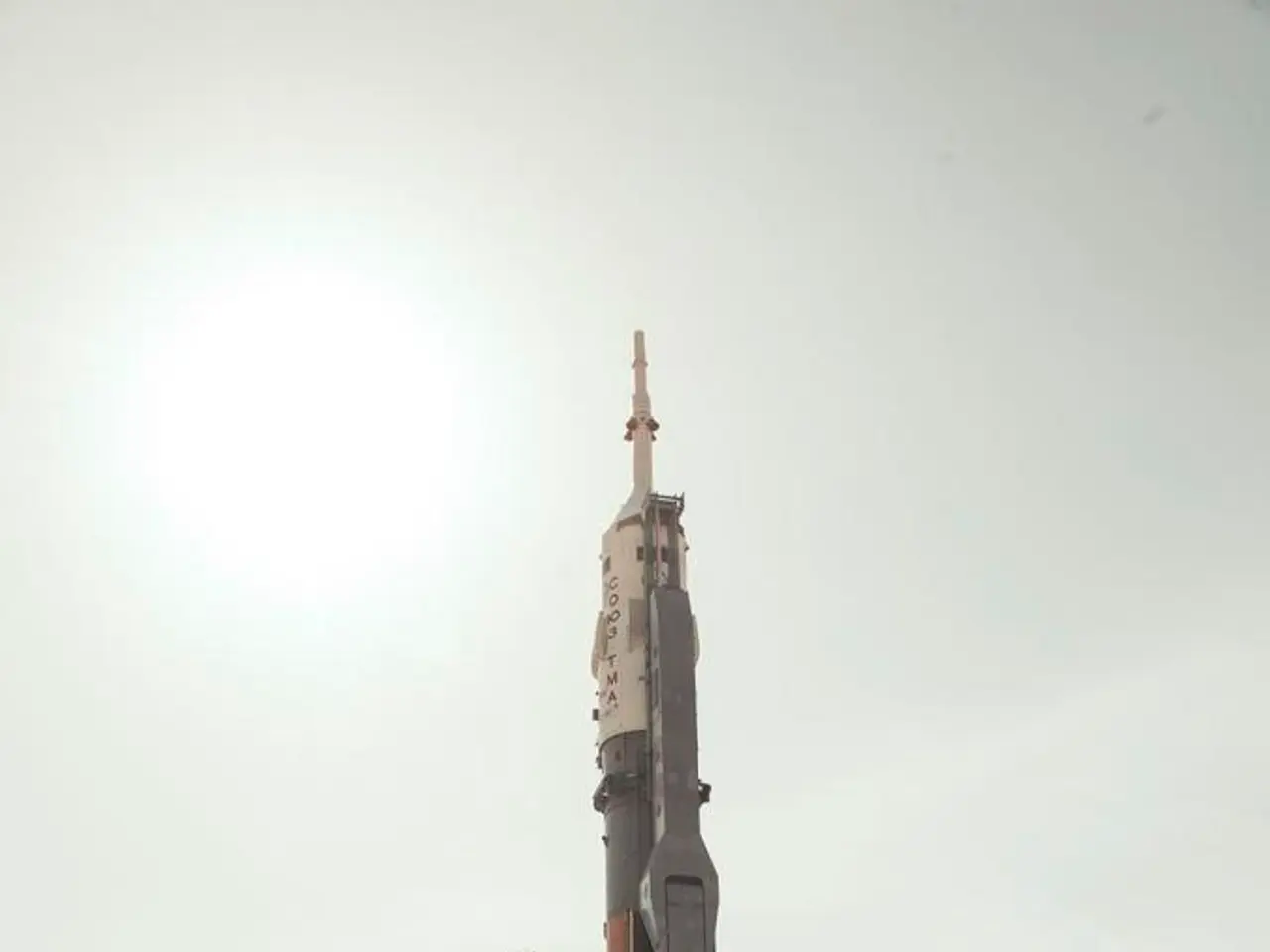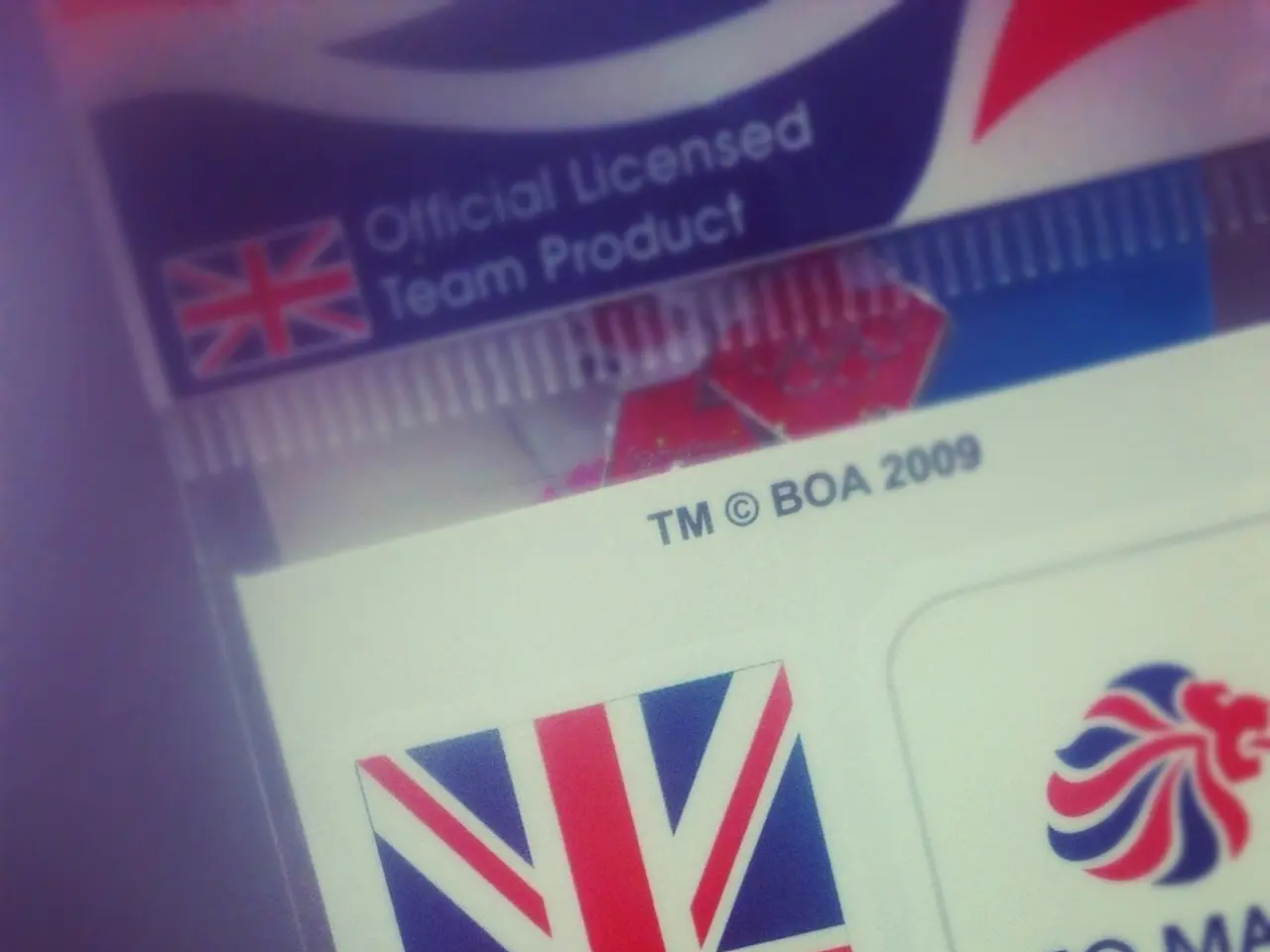Discusses Golden Dome Priorities, Guetlein Legally Affirms Missile Interceptors Are Practical
The Golden Dome missile defense project, designed to safeguard the U.S. homeland from aerial and missile threats, is making significant strides, with a particular emphasis on developing an integrated command-and-control (C2) network.
This C2 network, analogous to the Pentagon's Joint All-Domain Command and Control (JADC2) initiative, aims to connect sensors and weapons across all U.S. military branches (Army, Navy, Air Force, Marine Corps) and allow for seamless global operation. Gen. Michael A. Guetlein, appointed as the direct reporting program manager for the Golden Dome project, plans to have incremental demonstrations of the command-and-control network every six months[1][2].
Gen. Guetlein has been granted sweeping powers, including budget, acquisition, direct hiring, technical, architectural, and liaison authorities, to address the challenges of the Golden Dome project[3]. His first priority is to create this C2 network, which he believes is crucial for the project's success[4].
The Golden Dome project is also envisioned as a multi-layered system, encompassing ground, sea, air, and space assets. A key technological component under development is a mobile, ground-based radar that can discriminate warheads from decoys, integrate AI-driven processing, and support the layered defense shield[1][4].
The space-based interceptor (SBI) element, while still in development, is a significant focus for the Golden Dome project. The idea involves deploying a network of potentially hundreds of satellites to detect, track, and intercept incoming missile threats at an early stage, thereby expanding coverage and providing earlier missile engagement opportunities. While some foundational components like sensors and interceptors on the ground and at sea are already plugging into existing command-and-control networks, the full integration of advanced space-based interceptors remains a future step as the foundational command architecture is established[3][5].
Maj. Gen. Stephen Purdy, acting assistant secretary of the Air Force for space acquisition, has mentioned that the Department of Defense (DOD) is discussing the use of "reverse industry days" for the Golden Dome project, similar to Gen. Guetlein's approach[6]. The DOD is also considering novel ideas like prize activities and cooperative work with industry to develop interceptors for the Golden Dome project[7].
Northrop Grumman has already started ground testing on an interceptor for the Golden Dome project[8], and the Space Force is conducting market research on interceptors for the project[9]. The department has claimed a "minimum viable capability" for JADC2, but the effort is still ongoing[10].
Gen. Guetlein values "reverse industry days" for solving hard problems in the Golden Dome project, and he plans to visit U.S. Northern Command and U.S. Space Command in the coming days[11]. He views organization as his biggest challenge for the Golden Dome project, as it involves marshalling various services, agencies, industry partners, and more[12].
President Donald Trump has set an ambitious goal for the Golden Dome project to field a capability by the end of his term in January 2029. The project's progress and challenges continue to draw attention and support from key figures within the U.S. military and government.
[1] Golden Dome missile defense project: The new space age shield [2] Golden Dome missile defense project: The future of homeland defense [3] Golden Dome missile defense project: A new era of homeland defense [4] Golden Dome missile defense project: The next generation of air and missile defense [5] Golden Dome missile defense project: The future of homeland defense [6] Golden Dome missile defense project: The future of homeland defense [7] Golden Dome missile defense project: The future of homeland defense [8] Northrop Grumman begins ground testing on Golden Dome interceptor [9] Space Force conducts market research on Golden Dome interceptors [10] Golden Dome missile defense project: The future of homeland defense [11] Golden Dome missile defense project: The next generation of air and missile defense [12] Golden Dome missile defense project: The next generation of air and missile defense
- The Golden Dome project's development includes a command-and-control network similar to the Pentagon's Joint All-Domain Command and Control (JADC2) initiative, connecting sensors and weapons across various military branches such as the Air Force, Army, Navy, and Marine Corps.
- Gen. Guetlein, who leads the Golden Dome project, is specifically focusing on creating an integrated C2 network, hoping it will be crucial for the project's success, and plans for incremental demonstrations every six months.
- Along with ground, sea, and air assets, space assets are also part of the Golden Dome's multi-layered system, with the space-based interceptor (SBI) element being a significant focus for the development of early missile detection and interception.
- The proposed SBI for the Golden Dome project features the deployment of hundreds of satellites to detect, track, and intercept incoming missile threats, providing expanded coverage and earlier missile engagement opportunities.
- For the Golden Dome project, partners like Northrop Grumman are currently ground testing interceptors, and the Space Force is conducting market research on interceptors in an effort to reach President Donald Trump's ambitious goal of fielding a capability by January 2029.




